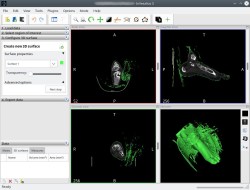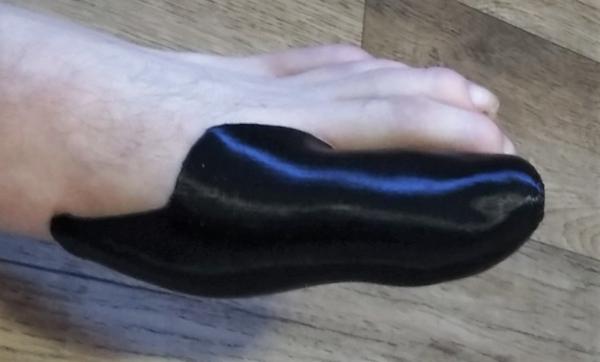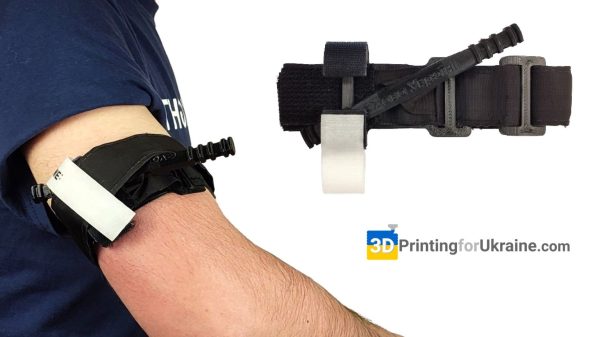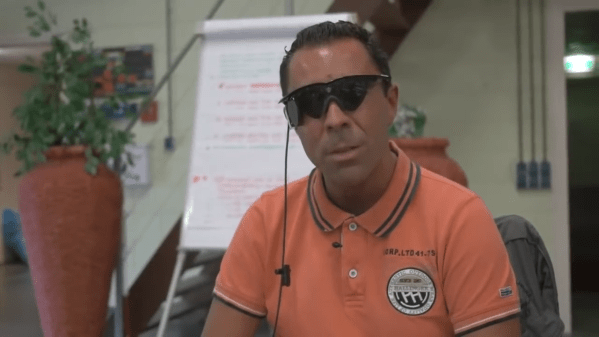When you think of medical devices, the idea of high end, well, pretty much everything, comes to mind. This is definitely the case when it comes to prosthetics, or in this similar case, custom fit splints. A hacker by the name of [sammyizimmy] wasn’t put off by the complexity of a custom splint for his fractured big toe, and a great hack made it all possible.

The story starts with a fractured toe, and an open source project called InVesalius. Instead of doing an X-Ray on his toe, [sammyizimmy]’s doctor decided to do a Computed Tomography scan (aka CT Scan) to get a look at the damage. For being as ubiquitous as they are, it’s easy to forget that a CT scan is an extremely detailed look at both internal and external parts.
The hack really began when [sammyizimmy] asked his radiologist for a copy of the CT Scan. This is something most radiologists will provide upon request, although many people don’t know you can even ask. [sammyizimmy] took his CT scan and opened it up in InVesalius, and then reconstructed the skin layer only, and then… head over to the “3d printed Toe Splint” page at Hackaday.io for the rest!
If medical hacks are are your kind of medicine, you might appreciate this HDD-Turned-Centrifuge too!

















